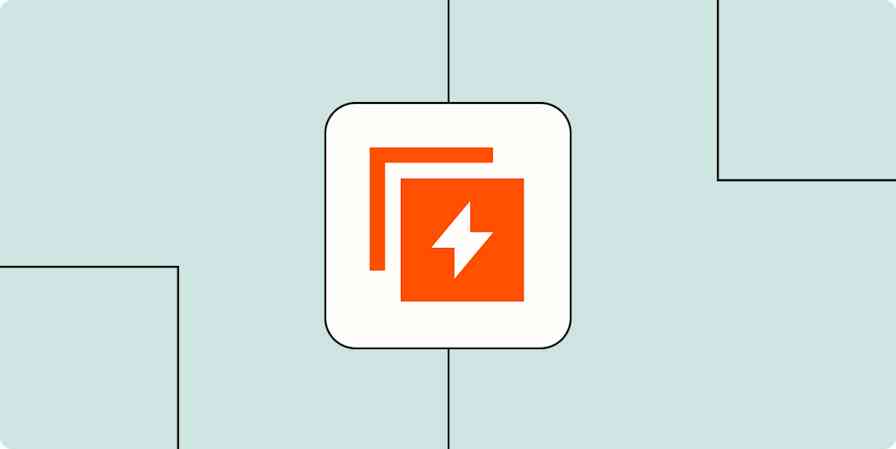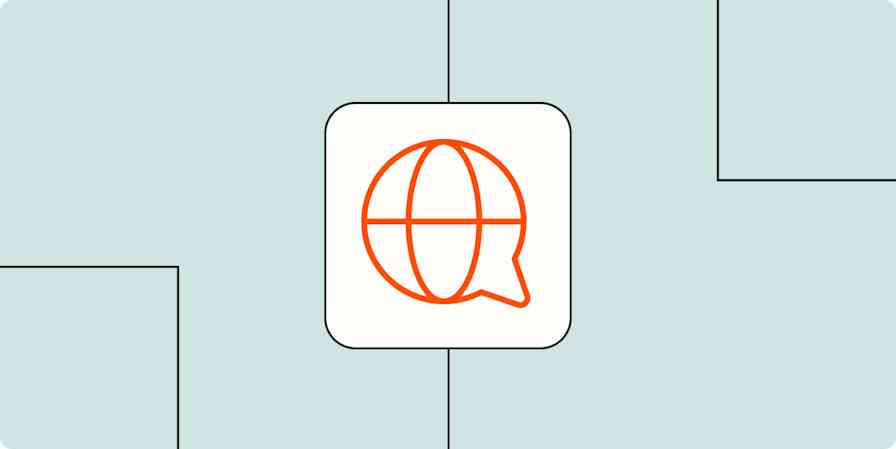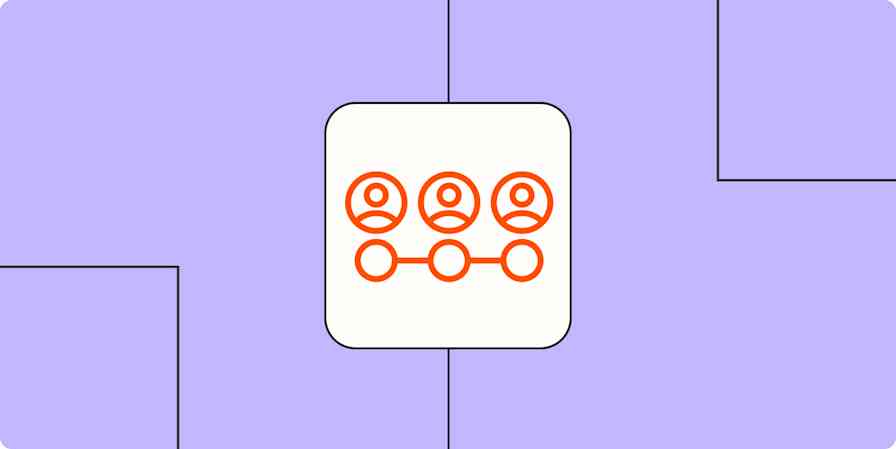The term inbound marketing gets thrown around a lot. The B2B software company HubSpot first coined it over a decade ago, defining inbound marketing as a strategy that attracts customers by creating valuable content and experiences tailored to them.
Outbound marketing (like cold calling, cold emailing, billboards, and so on) interrupts your audience with content they don't necessarily want.
Inbound marketing (blog posts, eBooks, videos, and so on) creates connections potential customers care about and helps solve problems they already have.
Pretty clear which one leads and customers will like more, right? Inbound marketing helps build and strengthen your relationship with your audience, which means you have an advantage when it comes time for them to make a purchasing decision.
If your inbound marketing so far has just been writing blog posts, here's an overview of how to start turning those efforts into a real strategy.
1. Define your buyer personas
If you take the time to understand your business's ideal audience, you can better align your messaging to attract and engage them. You can write content that speaks directly to them, create resources that will solve their specific problems, and so on.
One of the best ways to do this is by creating a buyer persona. Take a look at this article on user personas for a complete walkthrough, but the gist is: come up with a semi-fictional representation of your ideal customer, including things like their goals, pain points, and demographics.
Here's what a buyer persona looks like for HubSpot customer Kids Talk, an early childhood initiative founded by Montessori expert Maren Schmidt, which helps parents better connect with their children through online workshops and one-on-one consultations.
Montessori Mom Meena

Background:
Working professional
Married
Mother of at least one child under the age of six
Demographics:
Female
Between the ages of 28–35
Urban
Bachelor's degree
Earns around $60,000/ year
Goals:
Understand child development and do what's best for her children
Understand how to set limits for behavior
Have effective communication tools to use with her kids
Challenge:
Children are having a hard time listening and following instructions and throw tantrums, all of which overwhelm her as a parent
Identifiers:
Looks to her friends for suggestions on solutions they use with their children
Uses Google to find answers to problems she's looking to solve
2. Map out your customer journey
The customer journey is the process people go through before deciding to buy something (and it continues after they make the purchase as well). There are a lot of variations on this journey, and you can learn more about it in this article on customer journey mapping, which includes a template you can use to create your own customer journey map.
Here's an example of what the stages of a customer journey might look like:
Awareness/discovery. This is when someone learns who you are.
Consideration/research. This is when someone digs a little deeper and compares potential solutions.
Conversion/decision. This is when people narrow down their options and make a decision (hopefully to buy your product or service).
Post-sale. The journey doesn't end after someone buys. This stage is all about keeping customers engaged.
Once you have your customer journey mapped out, you'll be able to put your persona in there and figure out what they might want at each stage. For example:
What were they doing when they discovered your product?
What issue are they facing that leads them to research a solution?
What information do they need in order to make an informed decision?
3. Create inbound marketing content
Once you've mapped your personas to your customer journey, it'll help you figure out what content you need to create for each persona at each stage of the journey. What content do you already have that they will find valuable? What content do you need? What are your competitors doing?
Take a look at the content that Maren created to fill the complete buyer's journey experience for Kids Talk's primary buyer persona, Montessori Mom Meena.
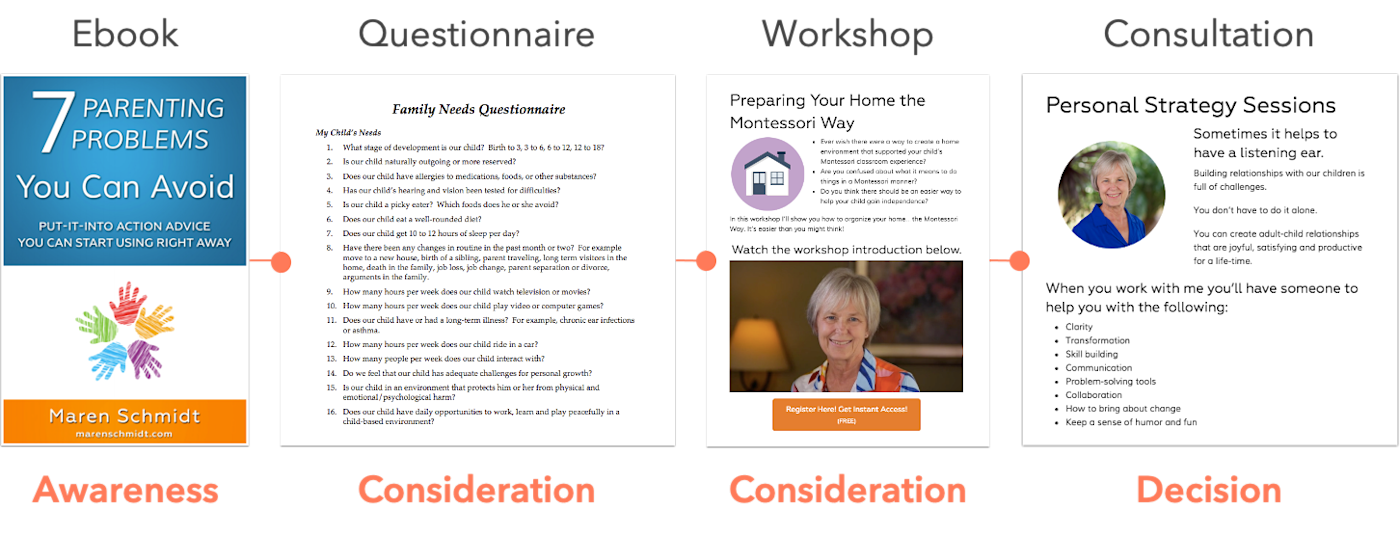
And note that it's not all written content: she also offers workshops, consultations, and even a monthly webinar on How To Become A Better Observer…The Montessori Way. Make sure to think about content format—how does your persona consume content?
Think of each content type as a puzzle piece: each piece provides value on its own, but when connected with other pieces, it completes a much larger picture—an end-to-end buyer's journey experience.
4. Find new channels to distribute your content
You can't just create the content—you also have to distribute it. Hopefully you'll get some traction from SEO (people searching for the solution to a problem), but you also want to consider other channels, including social media and email. Remember to always go back to your personas and customer journey: meet people where they already hang out.
For example, Kids Talk uses its newsletter as the primary channel to engage with existing customers (post-sale in the journey) and help nudge people in the research phase toward conversion.
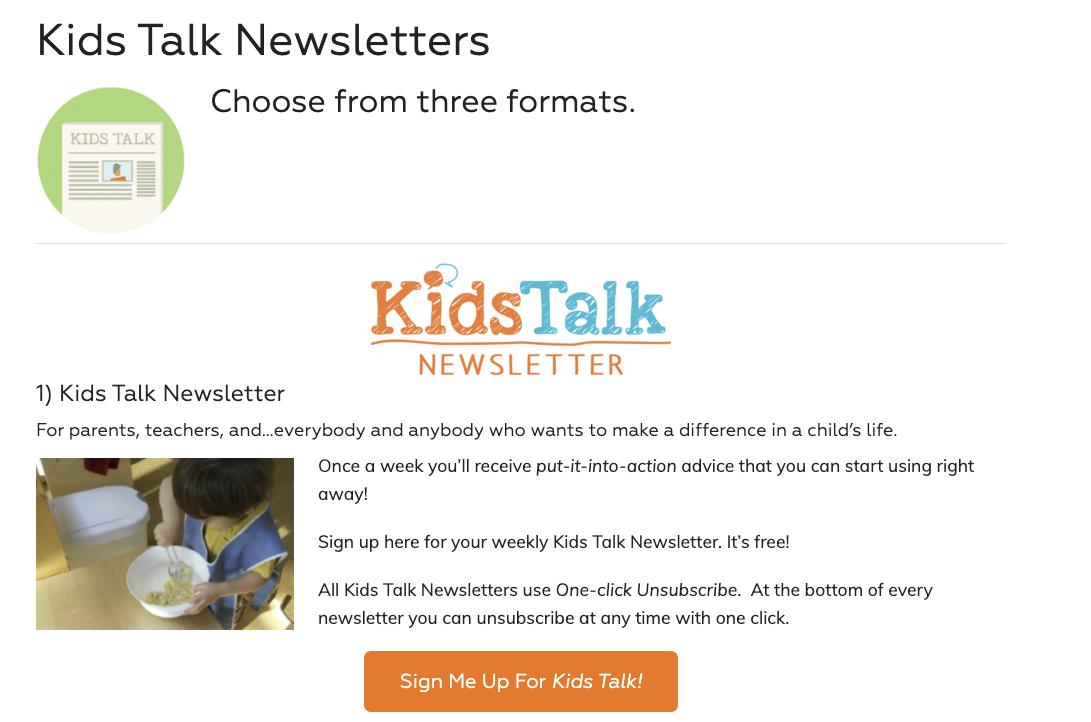
With an inbound marketing strategy, the efforts you put into your content creation will be more focused, and you'll know that you're speaking to the right audience.
This was a guest post from Ariele Champion, part-time digital nomad and content marketing freelancer. Want to see your work on the Zapier blog? Read our guidelines, and get in touch.

